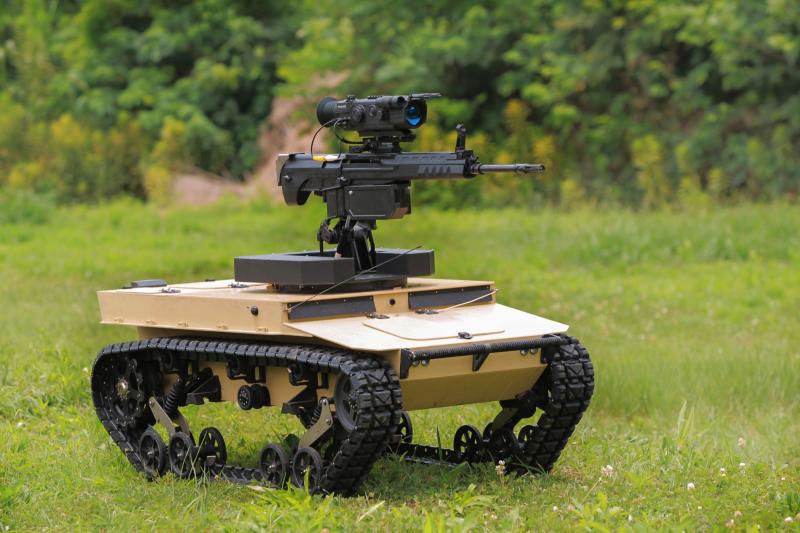The world of technology is advancing at an astonishing pace, and one of the most intriguing and impactful developments is the rise of unmanned ground vehicles (UGVs) market. These cutting-edge machines, also known as autonomous or robotic vehicles, are revolutionizing various industries by offering efficient, cost-effective, and safer alternatives to traditional human-operated vehicles. The unmanned ground vehicle market is currently experiencing rapid growth, and it shows no signs of slowing down.
UGVs come in various forms, ranging from small, agile robots designed for military reconnaissance and bomb disposal to larger, heavy-duty vehicles employed in logistics, agriculture, mining, and construction. Their widespread application in diverse industries showcases their versatility and adaptability. By eliminating the need for human drivers, UGVs significantly reduce operational costs while enhancing productivity and safety. These vehicles are equipped with advanced sensors, cameras, and artificial intelligence, enabling them to perceive their environment, make decisions, and navigate complex terrains autonomously.
The defense sector is a major driving force behind the growth of the unmanned ground vehicle market. Military UGVs are utilized for surveillance, reconnaissance, and combat operations, keeping soldiers out of harm's way and enhancing mission success rates. Furthermore, the agricultural industry is rapidly adopting UGVs for precision farming, where they aid in crop monitoring, planting, and harvesting processes, optimizing resource utilization and increasing yields. In the logistics domain, autonomous delivery vehicles are transforming last-mile delivery services, offering faster and more efficient transportation of goods.
While the unmanned ground vehicle market holds immense potential, it also faces challenges. Ensuring the safety and reliability of autonomous vehicles remains a top priority, and addressing concerns related to cybersecurity is crucial to prevent potential threats and vulnerabilities. Additionally, regulatory frameworks need to adapt to accommodate these emerging technologies to ensure a seamless integration of UGVs into society.
As the unmanned ground vehicle market continues to expand, its impact on various sectors will become even more profound. With ongoing technological advancements and increased research in artificial intelligence and robotics, UGVs are poised to become an integral part of our daily lives, making tasks more efficient and opening up new possibilities for industries worldwide.
